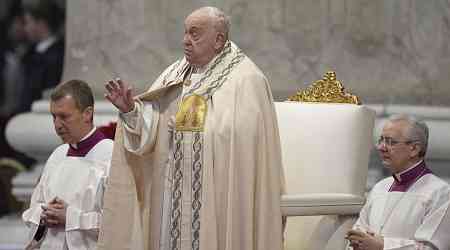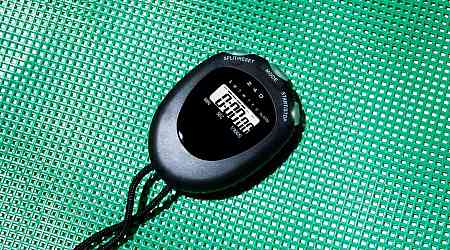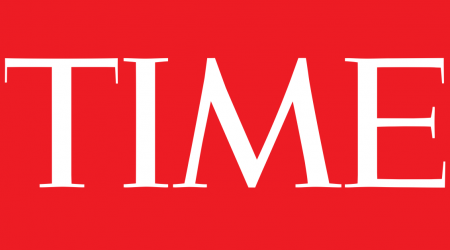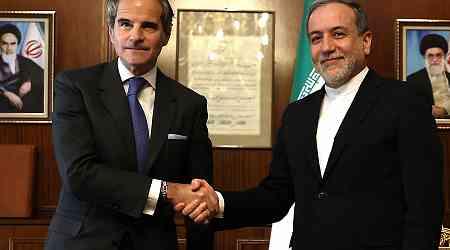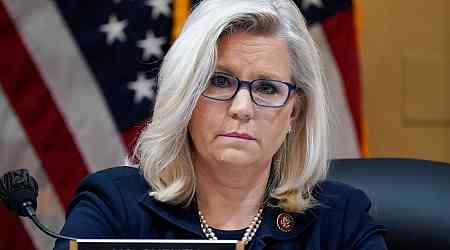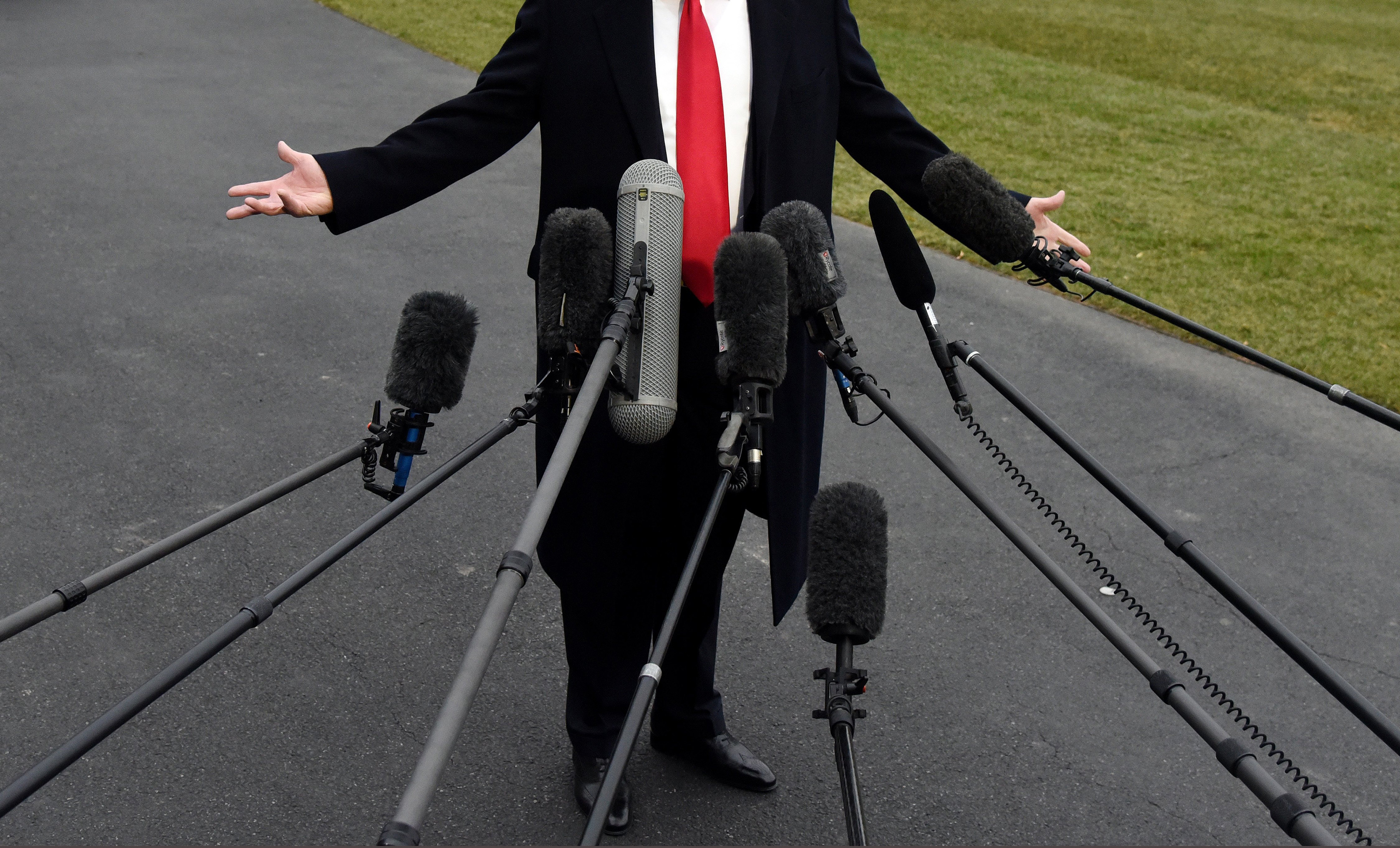
From the moment Donald Trump’s victory was apparent, much of the right-wing media began labeling the traditional mainstream media the biggest loser of the election. The funny thing is, a lot of mainstream media agrees.
Since the election, the progressive mainstream media has spent a lot of time flagellating itself for not offering a stronger counter argument to Trump, while the right wing media rails against the mainstream media for flagellating Trump. But in an election in which Trump grew his voters in every demographic and region, it’s pretty hard to tease out any data that shows any media effect at all. And you don’t need a poll or a pile of data to measure the most important journalistic fail of the election: the mainstream media missed one of the biggest political stories of our time, the swing rightward of the American electorate.
[time-brightcove not-tgx=”true”]The historically low favorability of media—according to Gallup, only 31% of Americans have any confidence that the press is reporting the news “fully, accurately, and fairly”—has new validity: the failure to see the creeping red wave that showed Trump gaining voters in over 90% of America’s more than 3000 counties. In my experience, mainstream journalists miss a lot because they spend more time looking at each other than the electorate.
Conventional wisdom being the stock-in-trade of the mainstream media, this seems an excellent time to consider the CW about the MSM:
‘The MSM has lost its authority’
Yes, and that’s not an altogether bad thing. It’s arguable that mainstream media had too much authority during the Walter Cronkite era, when the Washington consensus made journalists stenographers of power more than watchdogs. Some of that authority was diminished by the rise and now ubiquity of opinion journalism. (Which often is just opinion.) Today’s “analysis” pieces would have been slugged opinion 25 years ago. It’s pretty clear audiences think we don’t need more opinions.
‘Voters live inside information bubbles and echo chambers.’
Undoubtedly true. The question is whether this is anything new. For most of U.S. history, newspapers were affiliated with one political party or the other. People read a Republican paper or a Democratic paper. Few consumed both. Today filter bubbles are understood as expressions of what social scientists call confirmation bias, the idea that we seek out information that we already agree with. This bias afflicts, well, everyone. Another name for it is human nature. It’s just easier than ever to do. But filter bubbles don’t create our divides, they accentuate them.
‘There’s a mis-and-disinformation crisis.’
I wrote a whole book about disinformation and I asked data scientists over and over, is there any evidence that there is more misinformation relative to the amount of accurate information available? Everybody shook their head sheepishly and said some version of, we don’t know. There’s a heckuva lot more accurate information available than any time in human history. The false stuff is just much, much easier to access than it was before. That makes it seem more ubiquitous.
Young people don’t rely on mainstream or conventional media. True. But it has always been true. Every study shows that people in their twenties and even thirties have the lowest news consumption of any group. When I was editor of TIME, the business side used to say people would begin subscribing when they bought their first house.
Alternative: Facts
The other day, my colleague Claire McCaskill said on Morning Joe, “I think we have to acknowledge that Donald Trump knows our country better than we do.” Part of the truth of that comes from the fact the press spends far too much time covering Trump and not enough covering his voters. And that is what he wants. The press missed the forest for the tree, Trump.
What to do? Some recommendations:
- Filter bubbles and conspiracy theories should be an actual beat. Publications and news networks should aggregate the content that their own readers and viewers are not seeing. That informs readers about what’s out there, signals trust in their ability to handle it, and may have the added benefit of increasing perception of “fairness.”
- Choose your words carefully. There’s been a debate about whether to call Trump’s falsehoods, untruths and fabrications “lies.” Lie is a charged word—it presumes intentionality and has a moral valence that probably alienates some people. I’m not trying to be a truth relativist, but as journalistic organizations, it’s more important and powerful to use facts and evidence to prove that something is incorrect than it is to simply label it a lie.
- Trump’s reliance on podcasters rather than conventional media should not be criticized but emulated. That millions of people prefer a longer-form, non-adversarial format is something news organizations need to figure out for themselves. There is a place for that in the mainstream media ecosystem too.
- The one-man explosion of mis-and-disinformation that is Elon Musk does not mean to persuade people of his point of view, but to make them question the very idea of empirical facts. As Hannah Arendt put it, the goal of disinformation is to make people believe that “anything is possible and nothing is true.” The antidote is not responding in kind but, again, a forensic debunking of falsehood with evidence-based reporting.
- Journalist organizations themselves must embrace a radical transparency, that is, become more open about their sources and reporting. Why not publish online links to the interviews that reporters have done, their intellectual sources, and even notes? Let people see the architecture of fact-based reporting—and fact-checking. One of the things we discovered via Trump’s criticism of the press back in 2016 is that most people had no idea how the press functions. Oh, and one more thing: fewer anonymous sources, please.
- In a second Trump term, don’t let him shape the narrative. Covering the White House outrage of the day may draw eyeballs but it is playing his game. Focus on what is happening in the agencies and departments where policy is often made and where those policies affect the American public. Cover what is going on in Congressional committees where legislators are trying to turn his diatribes into policy.
- Let’s have a moratorium on any sentence uttered on a TV new show that begins “I think.” Speaking truth to power is why the press is the only industry actually protected in the Constitution. But that truth spoken must always be backed by facts, data and reporting, not emotion.
None of this will make much of a difference if Trump II weaponizes the Justice Department against the media, politicizes broadcast licenses, invokes the antiquated Espionage Act against whistle blowers, and tries to criminalize reporting. But let’s not make the mistakes we made in Trump’s first term. Speaking truth to power cannot just be howls of outrage; it is always more powerful and effective when backed by facts and evidence.
In 2016, Trump was in many ways an unknown quantity. We cannot say the same thing now.




















